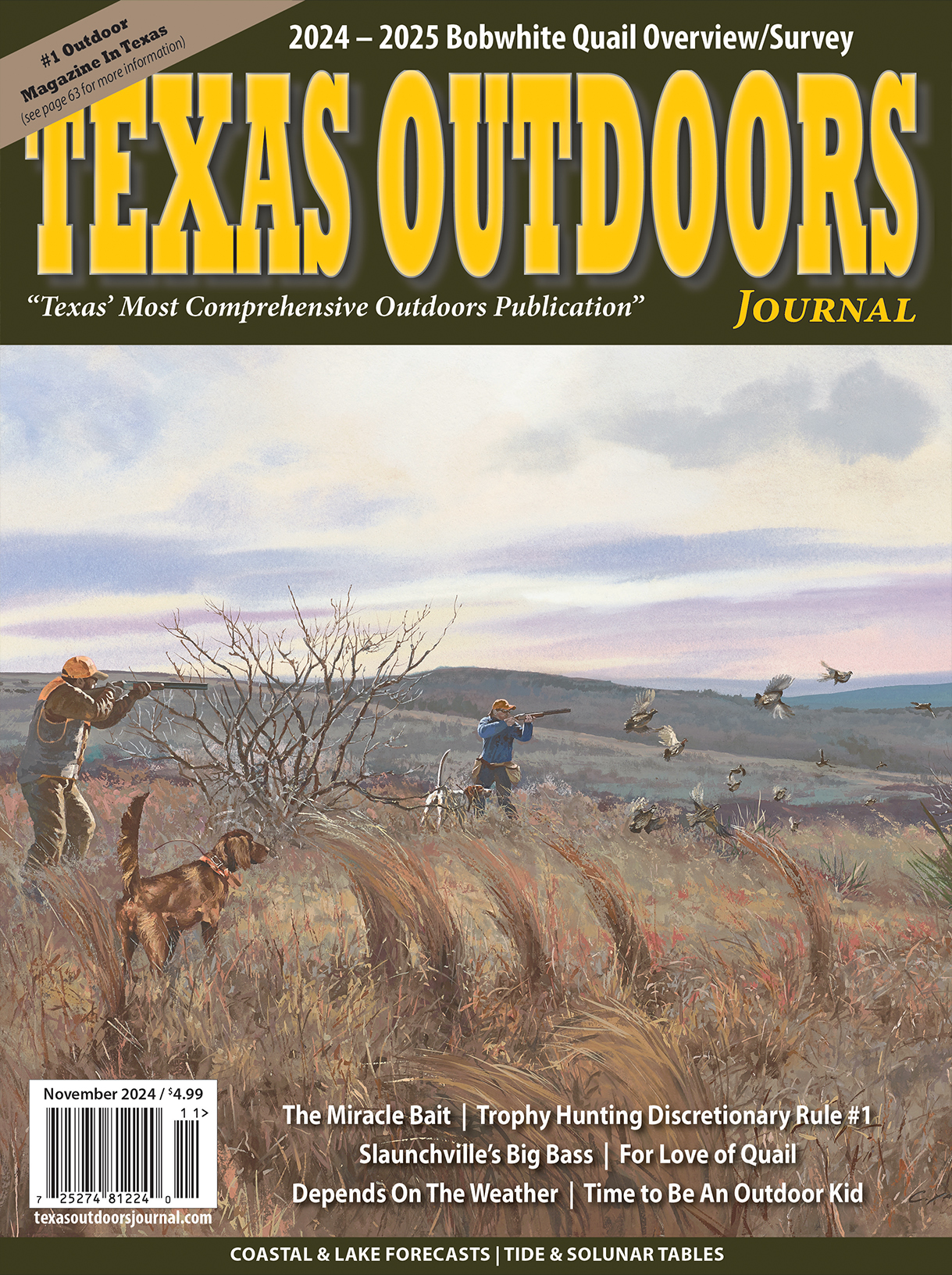
Effort To Fight Arundo Ramps Up Along Hill Country Rivers
Record Funding to Manage Aquatic Invasive Species Helping Expand Landowner Partnerships
AUSTIN — A coalition of government and nonprofit conservation groups is greatly expanding the war on Arundo (Arundo donax), an invasive plant that threatens to take over scenic Hill Country rivers. It’s one aspect of a broader statewide effort made possible by a record $6.3 million to control invasive aquatic species approved by the Texas Legislature for the 2016-2017 biennium, an increase from $1.1 million in the previous two-year cycle.
Like fire ants and feral hogs, Arundo does not belong in Texas, but it’s threatening to take over, alter the shape and flow of streams and rivers, worsen erosion and flooding problems, and increase wildfire risk. Sometimes known as giant reed or Carrizo cane, this highly invasive plant is native to the Mediterranean area, but was introduced to the American Southwest in the 1800s as an ornamental plant. Growing in dense thickets up to 30 feet tall (or taller), Arundo chokes out deep-rooted native vegetation that naturally anchors the riparian area, absorbing water, dissipating stormwater energy, and reducing erosion. Instead, Arundo-infested areas are prone to bank undercutting and erosion, leading to reduced water quality. Arundo is also a “big drinker,” using up much more water than the diverse, native plant community it displaces—some estimates suggest that tall, dense thickets of Arundo can use 48 acre-feet of water per acre per year.
The Hill Country streams Arundo threatens are home to imperiled fishes, including the Texas state fish, the Guadalupe bass. Texas Parks and Wildlife Department, with support from the National Fish Habitat Partnership, has been working to restore Guadalupe bass to these habitats, providing unique angling opportunities for fly fishing enthusiasts. However, Arundo threatens these efforts by degrading instream habitats the fish need to thrive.
To fight the problem, Texas Parks and Wildlife Department and its partners are working with riverside landowners plagued by Arundo to bring a multi-faceted approach to large-scale habitat improvements in the Hill Country that includes targeted management of Arundo infestations. This ‘Healthy Creeks Initiative’ includes landowners, TPWD, Hill Country Alliance, The Nature Conservancy, City of Fredericksburg, and TxDOT, with additional support from the Texas Parks and Wildlife Foundation and Southeast Aquatic Resources Partnership.
In the Upper Pedernales watershed around Fredericksburg, 65 landowners have voluntarily signed up to participate this year to help attack the infestation at its upstream source and more than 14 acres of Arundo has already been mapped and treated
On the Blanco River, 67 landowners have signed on to participate this year to help prevent Arundo from getting a foothold in areas devastated by recent flooding, and approximately 8 acres of Arundo has already been mapped and treated.
Biological monitoring is also underway to study how Arundo management in the Hill Country impacts the shape of streams, streamside plant communities, aquatic life, and water quality and quantity. This study is a collaboration between TPWD Inland Fisheries’ Aquatic Invasive Species and River Studies programs.
Hill Country riverside landowners or others who want more details on Arundo control options, including upcoming events or programs, may contact healthy.creeks@tpwd.texas.gov or call Ryan McGillicuddy (Blanco River) at 512-552-3713 or Monica McGarrity (Pedernales River and tributaries) at 512-552-3465.









